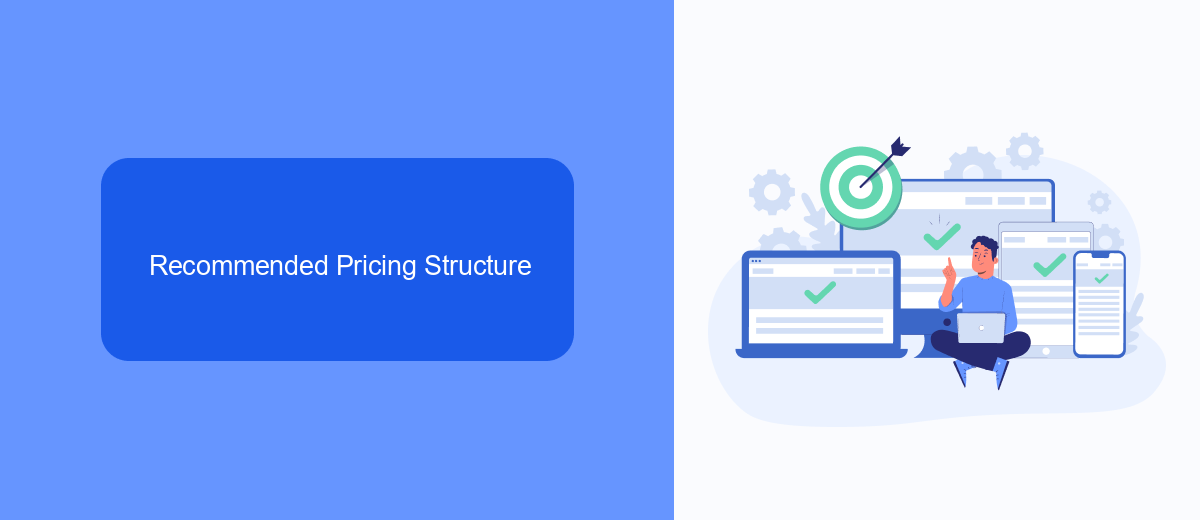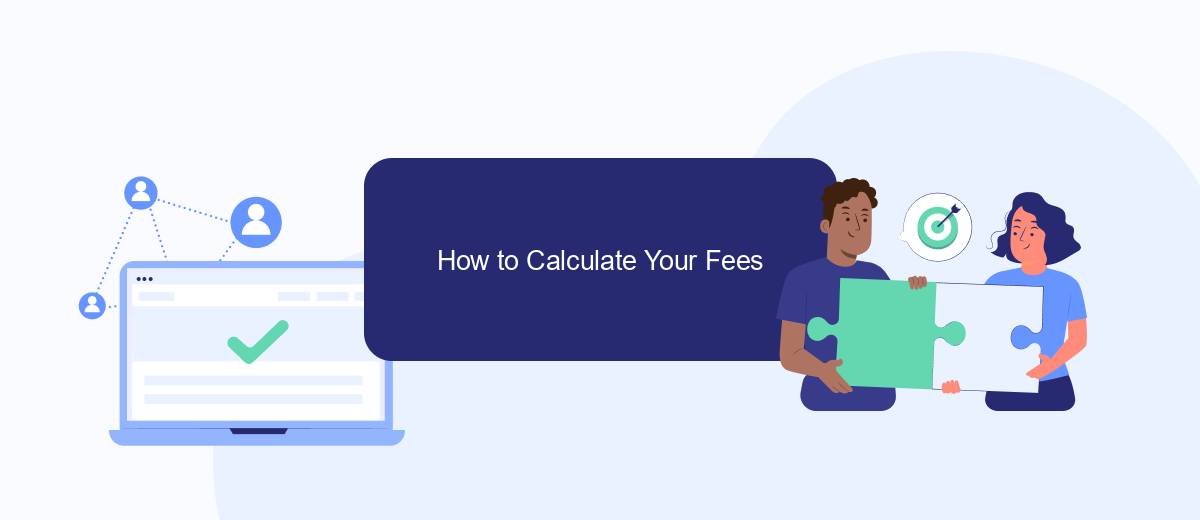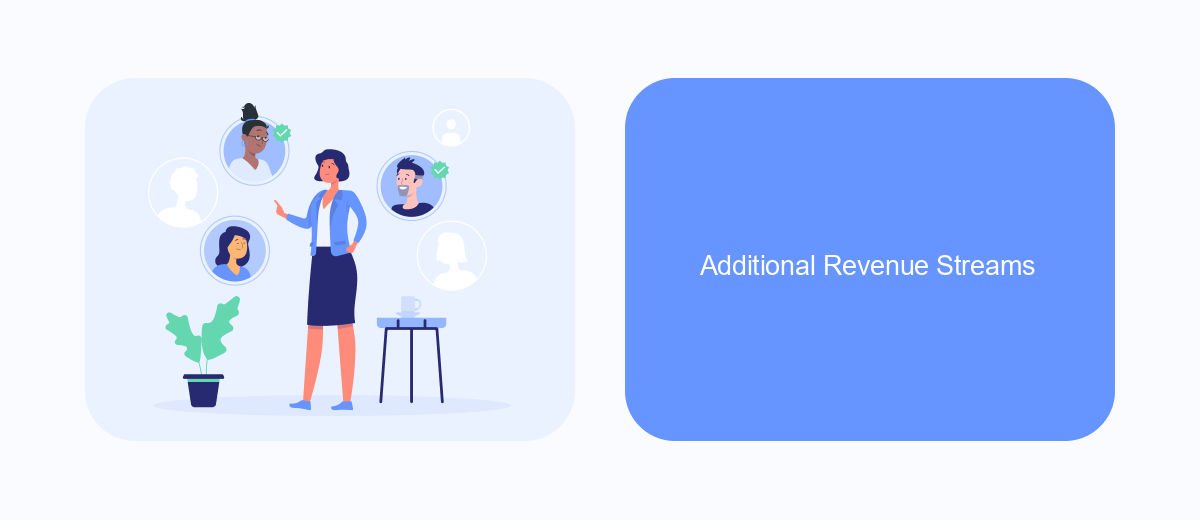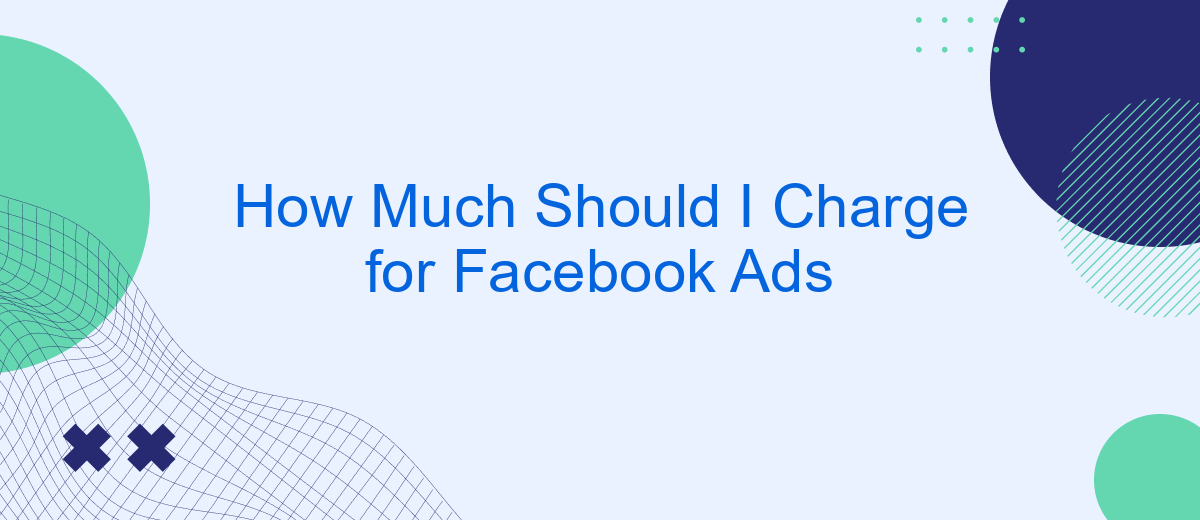Determining the right price for Facebook ads can be a challenging task, especially for businesses looking to maximize their return on investment. With various factors such as target audience, ad format, and campaign objectives to consider, setting an appropriate budget is crucial. This article explores key considerations and provides practical tips to help you decide how much you should charge for Facebook ads.
Factors to Consider in Pricing
When determining how much to charge for Facebook ads, several factors need to be taken into account to ensure you set a fair and competitive price. These factors can help guide you in making an informed decision that aligns with your business goals and client expectations.
- Target Audience: The more specific and niche your target audience, the higher the cost might be due to increased competition.
- Ad Placement: Costs can vary significantly depending on whether your ads appear on the news feed, stories, or other placements.
- Ad Quality: High-quality, engaging ads tend to perform better and can justify higher charges.
- Budget and Bidding: Your daily or lifetime budget and the bidding strategy you choose will impact the overall cost.
- Integration Tools: Using services like SaveMyLeads to streamline lead management and ad performance tracking can add value and justify higher pricing.
By considering these factors, you can set a pricing structure that reflects the value you provide while remaining competitive in the market. Always keep an eye on industry trends and adjust your pricing strategy accordingly to stay ahead of the competition.
Recommended Pricing Structure

When determining how much to charge for Facebook Ads, it's essential to consider a pricing structure that aligns with your business goals and the value you provide to your clients. A common approach is to use a tiered pricing model based on the client's budget and the complexity of the campaign. For instance, you could charge a flat fee for smaller budgets and a percentage of the ad spend for larger budgets. This ensures that your pricing is scalable and fair, reflecting the effort and expertise required to manage different levels of advertising spend.
Additionally, offering integrated services can enhance the value you provide and justify higher pricing. For example, integrating Facebook Ads with other marketing tools through services like SaveMyLeads can streamline lead management and improve campaign performance. SaveMyLeads allows you to automatically transfer leads from Facebook Ads to your CRM or email marketing system, saving time and reducing the risk of manual errors. By incorporating such integrations into your service offerings, you can provide a more comprehensive solution to your clients, making your pricing structure more attractive and competitive.
How to Calculate Your Fees

Calculating your fees for Facebook Ads can be a complex process, but breaking it down into manageable steps can make it easier. Here’s a simple guide to help you determine your pricing structure:
- Determine Your Costs: Calculate all expenses involved, including software, tools, and time spent on campaign management.
- Research Market Rates: Look at what other professionals and agencies are charging for similar services to ensure your rates are competitive.
- Set Your Hourly Rate: Based on your expertise and market research, decide on an hourly rate that reflects your skills and experience.
- Estimate Time Commitment: Assess the amount of time you will spend on each campaign, from initial setup to ongoing management and optimization.
- Include Additional Services: If you offer services like integration setups with tools such as SaveMyLeads, factor these into your pricing.
By following these steps, you can develop a clear and fair pricing structure for your Facebook Ads services. Remember to regularly review and adjust your fees to stay competitive and reflect your growing expertise.
Additional Revenue Streams

While charging for Facebook ads can be a primary source of income, diversifying your revenue streams can significantly boost your overall earnings. By exploring additional avenues, you can create a more stable and lucrative business model.
One effective way to diversify is by offering complementary services that enhance the value of your Facebook ad campaigns. For instance, providing integration services can help your clients streamline their marketing efforts and maximize their ROI.
- Social Media Management: Offer to manage your clients' entire social media presence, ensuring consistent branding and engagement across platforms.
- Content Creation: Create compelling content that resonates with your clients' target audience, driving more traffic and conversions.
- Integration Services: Use tools like SaveMyLeads to automate the transfer of leads from Facebook ads to CRM systems, email marketing platforms, and other applications.
- Consulting: Provide strategic advice on how to optimize their overall marketing strategy, including ad spend, targeting, and creative approaches.
By incorporating these additional services, you not only increase your revenue but also provide more comprehensive solutions to your clients. This holistic approach can lead to long-term relationships and greater client satisfaction.
Negotiation and Invoicing
When it comes to negotiating your rates for Facebook Ads, it's important to clearly communicate the value you bring to the table. Start by outlining your experience, past successes, and how your strategies can help achieve the client's specific goals. Be prepared to discuss different pricing models, whether it's a flat fee, hourly rate, or a percentage of ad spend. Flexibility in your approach can often lead to a more satisfactory agreement for both parties.
Once terms are agreed upon, ensure that your invoicing process is seamless and professional. Utilize services like SaveMyLeads to automate and streamline your invoicing by integrating it with your CRM and other tools. This not only saves time but also reduces the risk of errors. Clearly outline payment terms, due dates, and any penalties for late payments in your invoices to avoid any misunderstandings. Keeping everything transparent and organized will help maintain a positive working relationship with your clients.


FAQ
How do I determine the right budget for my Facebook Ads?
What factors influence the cost of Facebook Ads?
How can I optimize my Facebook Ads to reduce costs?
Is it better to use a daily or lifetime budget for Facebook Ads?
How can I track the performance of my Facebook Ads?
If you use Facebook Lead Ads, then you should know what it means to regularly download CSV files and transfer data to various support services. How many times a day do you check for new leads in your ad account? How often do you transfer data to a CRM system, task manager, email service or Google Sheets? Try using the SaveMyLeads online connector. This is a no-code tool with which anyone can set up integrations for Facebook. Spend just a few minutes and you will receive real-time notifications in the messenger about new leads. Another 5-10 minutes of work in SML, and the data from the FB advertising account will be automatically transferred to the CRM system or Email service. The SaveMyLeads system will do the routine work for you, and you will surely like it.
